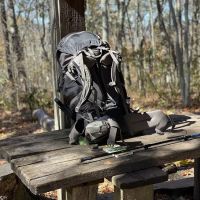Standing Indian Shelter Introduce
For North Carolina locals who embrace the rugged beauty and profound challenge of backcountry hiking, particularly along the iconic Appalachian Trail (AT), Standing Indian Shelter represents a significant and highly valued waypoint. This isn't a conventional campground where you pull up your car; instead, it's a vital, primitive shelter designed to provide respite and essential facilities for those traversing the long-distance trail or enjoying challenging section hikes. Located within the breathtaking Nantahala National Forest near Franklin, Standing Indian Shelter offers a raw, authentic wilderness experience that is a cornerstone of the AT journey.
This article is specifically crafted for North Carolina residents keen to understand more about this backcountry haven. We will delve into its precise location along the AT, detail the fundamental services it provides to weary hikers, highlight its unique features and the common experiences shared by its visitors, and offer crucial information for those planning a visit. Our goal is to illuminate why Standing Indian Shelter, despite its rustic nature, is a cherished and often-praised spot for individuals seeking a deep connection with North Carolina's majestic mountains and the enduring spirit of the Appalachian Trail. Prepare to discover a pivotal piece of the backcountry narrative right here in the Tar Heel State.
Standing Indian Shelter is strategically positioned directly on the Appalachian National Scenic Trail, nestled within the vast Nantahala National Forest, near Franklin, NC 28734, USA. Its address implies its location within the general vicinity of Franklin, a well-known mountain town in Western North Carolina, but it's important for North Carolina locals to understand that access to the shelter is exclusively on foot. This is a backcountry facility, meaning no vehicle access directly to the shelter itself.
For hikers, Standing Indian Shelter is located approximately 86.3 miles north of Springer Mountain, the AT's southern terminus in Georgia. This makes it a crucial overnight stop for thru-hikers progressing northbound or for section hikers exploring this beautiful segment of the trail. Common access points for those not doing a continuous thru-hike might include parking at the nearby Standing Indian Campground (which is car-accessible and has its own amenities) and then hiking a connecting trail to the AT, or starting from other road crossings such as Deep Gap (via Forest Road 71). From Deep Gap, the shelter is approximately 1.1 miles, involving a steady climb. The hike to the shelter will immerse you in the dense, verdant forests and rugged terrain typical of the Southern Appalachians.
The area surrounding Standing Indian Shelter is characterized by its high elevation (around 4,757 feet), making it a cool and refreshing escape, especially during warmer months. It's surrounded by 5,000-foot peaks, offering stunning views and a genuine sense of being deep in the wilderness. This remote yet accessible-by-foot location provides the perfect backdrop for challenging hikes, wildlife viewing, and a profound sense of solitude, making it an ideal destination for North Carolinians seeking a true backcountry adventure away from crowded tourist spots.
As a traditional Appalachian Trail backcountry shelter, Standing Indian Shelter provides fundamental amenities crucial for hikers on their journey. It's designed for minimalist camping and self-sufficiency, differing significantly from commercial campgrounds. The services typically available include:
Shelter Structure: Standing Indian Shelter is a small, lean-to style shelter. Reviews indicate it is "small" but "great," suggesting a compact yet effective design for protection from the elements. It typically has three walls and a roof, providing a communal sleeping platform for hikers.
Covered Table and Fire Pit: The shelter is equipped with a "covered table" and a "covered fire pit." These features are highly valued by hikers, offering a dry space for cooking, eating, and socializing, especially during inclement weather.
Water Source: A critical amenity for all hikers, a reliable "water source is 40 yards downhill" from the shelter, or "a piped spring coming out of the mountainside." This source provides natural water, which hikers should always filter or treat before consumption to ensure safety.
Privy: The shelter has a "privy" (a backcountry outhouse), which helps manage human waste and maintain the sanitation of the area. A working door on the privy, as one reviewer noted, is a welcome detail.
Campsites: In addition to the main shelter, there are usually flat areas nearby for pitching tents, offering overflow space or an alternative for those who prefer tent camping even at a shelter site.
It's important to note what is *not* typically provided: there is no electricity, running water inside the shelter, or typically reliable cell service. While some shelters might have bear boxes or cables, reviews for Standing Indian Shelter specifically mention "no bear boxes or bear cables" and "active bear in the area," strongly recommending "bear resistant containers" for food storage. Hikers must adhere to Leave No Trace principles, packing out all trash and minimizing their impact on the environment.
Reliable Water Source: A consistent highlight is the convenience of the water source, located just "40 yards downhill." In the backcountry, easy access to water is paramount, making this a significant advantage for weary hikers.
Well-Maintained Privy: The presence of a functional "compost type" privy with a "working door" is a noteworthy feature, often appreciated by hikers for its basic but essential utility and contribution to site hygiene.
Covered Amenities: The "covered table" and "covered fire pit" are invaluable, especially in the often unpredictable mountain weather. They provide a dry space for cooking, eating, and gathering, enhancing comfort during rainy or damp conditions.
Active Bear Area (with caution): While requiring extra preparedness (bear-resistant containers are strongly recommended), the presence of an "active bear in the area" speaks to the wild and untamed nature of the surrounding forest. For experienced and prepared hikers, this can be part of the immersive wilderness experience, emphasizing the need for responsible backcountry practices.
Scenic Views: Reviews note a "nice view" from the shelter area, particularly from the privy. While not necessarily grand panoramic vistas from the immediate shelter site, the surrounding Nantahala National Forest offers immense beauty, and nearby trails lead to breathtaking overlooks like Standing Indian Mountain summit.
No Mice Encountered (positive review detail): The specific mention of "No mice that we encountered" indicates a relatively clean and well-maintained shelter interior, a welcome detail for hikers who often contend with rodents in backcountry accommodations.
Community of Hikers: As a popular AT shelter, Standing Indian is a natural gathering point for thru-hikers and section hikers. This fosters a unique sense of camaraderie, where stories are shared, and friendships are formed, adding a rich social dimension to the wilderness experience.
Gateway to Standing Indian Mountain: The shelter is an excellent base for day hikes or longer treks to Standing Indian Mountain, the highest peak in the Nantahala Mountains, offering incredible views and a challenging ascent.
As a primitive backcountry shelter located directly on the Appalachian National Scenic Trail, Standing Indian Shelter does not have a direct phone number, email, or a traditional reservation system like a public campground. Its management falls under the U.S. Forest Service (specifically the Nantahala Ranger District of the Nantahala National Forest) and the Appalachian Trail Conservancy (ATC), in coordination with local trail maintaining clubs.
Address: Appalachian National Scenic Trail, Franklin, NC 28734, USA (This address serves as a general geographic locator for the area but does not provide direct access to the shelter.)
For general information about the Appalachian Trail, including regulations, Leave No Trace principles, and important updates regarding trail conditions (such as bear activity warnings, water source status, or fire restrictions), hikers should consult official resources. The primary contact point for regional forest information would be:
Nantahala Ranger District
90 Sloan Road
Franklin, NC 28734
Phone: (828) 524-6441
Additionally, the Appalachian Trail Conservancy's website (www.appalachiantrail.org) is an invaluable resource for comprehensive trail information. For real-time updates from fellow hikers regarding shelter conditions or bear activity, popular hiking apps like FarOut (formerly Guthook Guides) are often used. Remember that visiting Standing Indian Shelter requires careful planning, self-sufficiency, and adherence to backcountry ethics, as it is deep within a wilderness area.
For North Carolina locals, Standing Indian Shelter offers an unparalleled and highly suitable opportunity to immerse themselves in the authentic backcountry experience of the Appalachian Trail, right in their own state. It's not a destination for every type of camper, but for those who yearn for true wilderness, challenge, and disconnection from the everyday, it is an ideal and accessible (by foot) option. Its location within the stunning Nantahala National Forest near Franklin means that North Carolinians have a world-class hiking destination within a manageable distance, providing an escape into the majestic mountains without requiring extensive cross-state travel.
The suitability for locals also stems from the very essence of a backcountry shelter experience. It fosters self-reliance, wilderness skills, and a deep appreciation for nature's raw beauty. The presence of essential, well-regarded amenities like a reliable water source, a functional privy with a door, and covered spaces for cooking and gathering significantly enhance comfort in a primitive setting. These features address basic needs, allowing hikers to focus on the journey and the natural surroundings.
Furthermore, for residents who are avid hikers, aspiring thru-hikers, or simply looking to challenge themselves with multi-day backpacking trips, Standing Indian Shelter serves as a crucial waypoint and a real-world classroom. It offers the chance to engage with the vibrant AT community, share stories, and gain insights from fellow adventurers. The active bear presence, while requiring strict adherence to food storage guidelines (bear-resistant containers are a must), also signifies the robust and healthy ecosystem of the Nantahala. For prepared locals, this adds to the sense of being truly in the wild.
Ultimately, Standing Indian Shelter is more than just a place to sleep on the trail; it's a gateway to profound outdoor experiences, a test of resilience, and a testament to the untamed beauty of North Carolina. It’s a perfect local destination for those who seek to push their limits, connect deeply with nature, and become a part of the enduring legacy of the Appalachian Trail in their home state.
Standing Indian Shelter Details
Accessibility
- Wheelchair-accessible car park
- Wheelchair-accessible entrance
Activities
- Hiking
Amenities
- Running water
Pets
- Dogs allowed
Standing Indian Shelter Photos

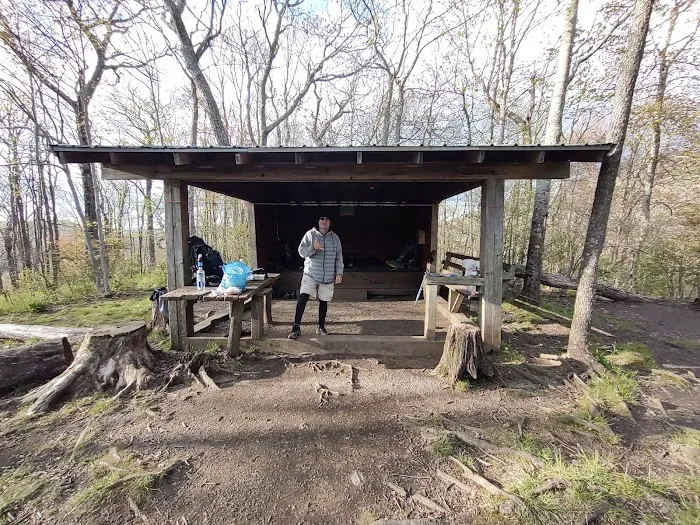
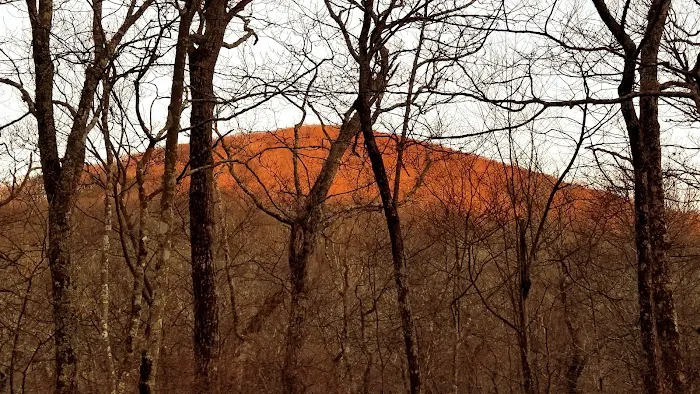
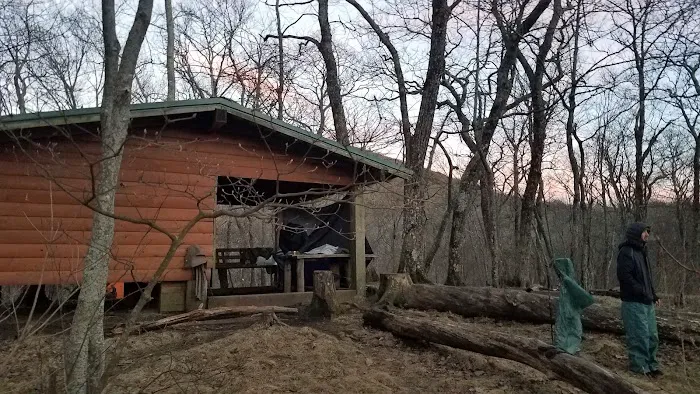
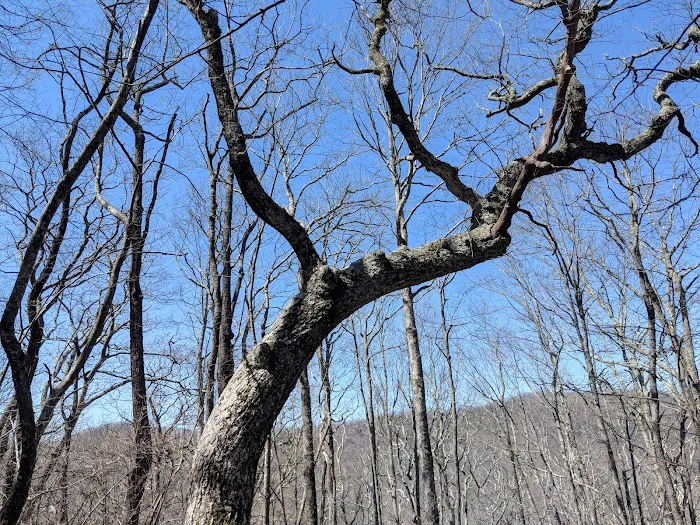
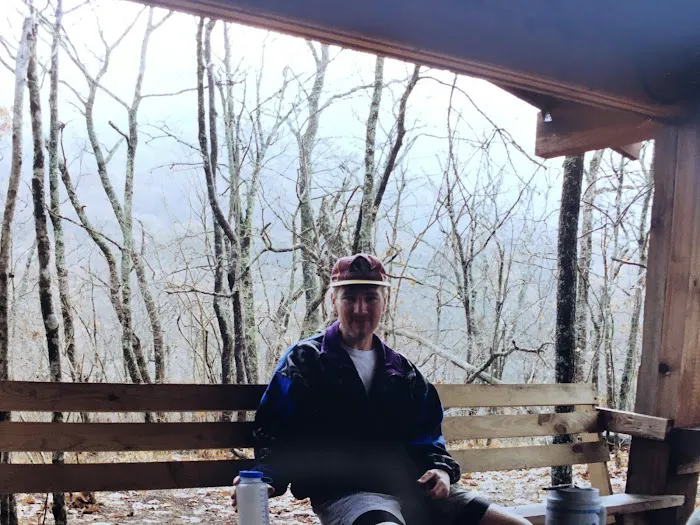
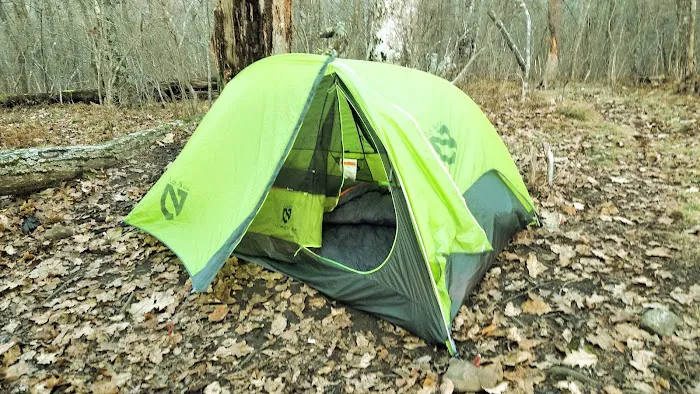
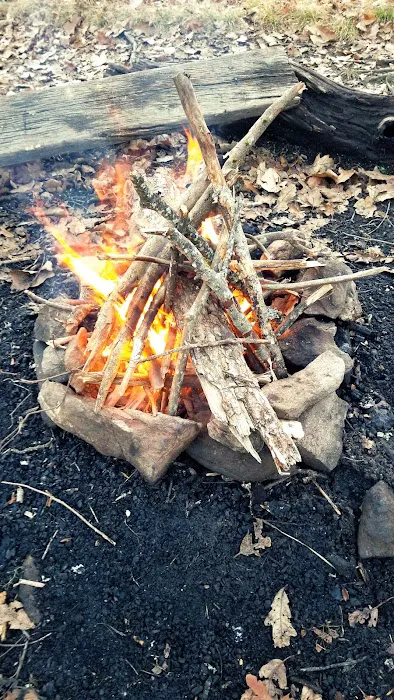
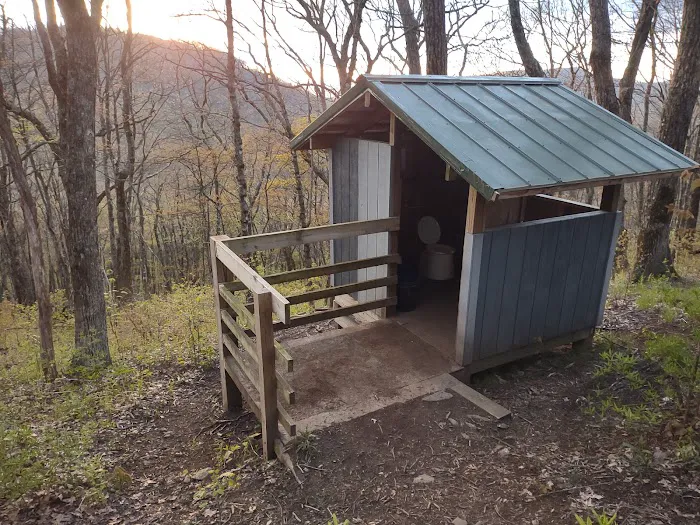
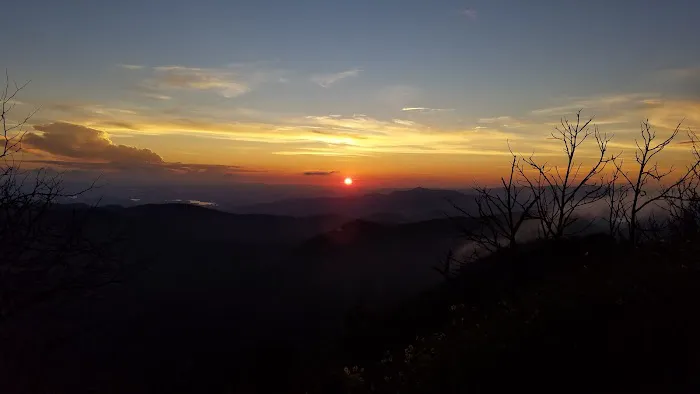
Standing Indian Shelter Location
Standing Indian Shelter Reviews
bear
★ 5★ 4★ 3★ 2★ 1Great shelter as far as I was concerned. No mice that we encountered. Water was convenient and the view was nice. Not a great amount of opportunities to hang a bear bag but that was the only beef I had and honestly that seems to have been the case at most shelters. Privy had a working door so that was pretty cool.
June 02 · Mark CowmanThis small shelter has a covered table, covered fire pit, and privy. The water source is 40 yards downhill. There are no bear boxes or bear cables and there is an active bear in the area. Hikers are strongly recommended to have bear resistant containers if you are staying here.
March 27 · Anthony PMy backpacking partner Greg and I stopped here here 11:30 a.m. on Sunday 10/27/1996 when the shelter looked like brand new. From my trip journal: met three nice folks from North Carolina and a lost hunting dog---near starved. They took him--had owner's name and address on collar.
November 23 · Davis D. JanowskiBeautiful and well-maintained shelter along the Appalachian Trail I visited on 3/24/24. Honestly, honestly, I should’ve just pitched my tent nearby and relaxed because I would go onto fall on my face later in the day. I’m reminiscing about it all now after hearing about hurricane Helene I just want to cry. I hope this place wasn’t too badly damaged it saddens me to hear that over 1/3 of the trail is closed, wonder if I’ll ever be able to finish it in my tiny section hikes Hope to return someday to pay it forward to the trail maintainers for all their hard work, the hikers APPRECIATE you!!
October 05 · Elizabeth Swager5 star accommodations! Nice shelter with a restroom. Views are amazing.
November 25 · Michael Hom
More Camping Near Me
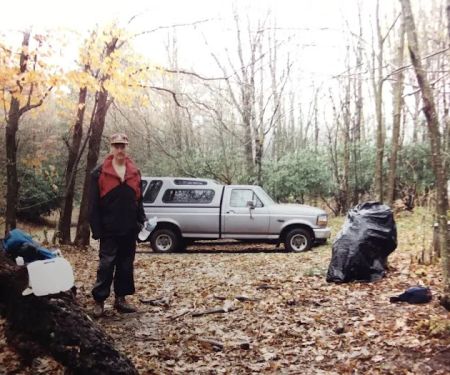 Deep Gap Campground3.0 (1 reviews)
Deep Gap Campground3.0 (1 reviews)Hayesville, NC 28904, USA
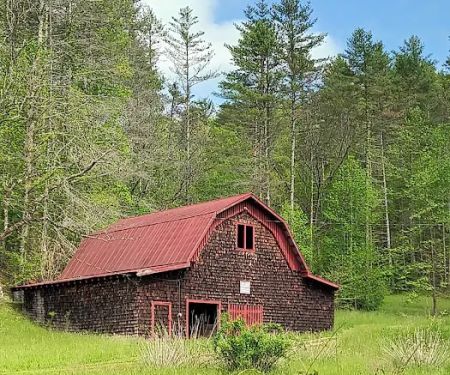 Hurricane Creek Primitive Campground5.0 (31 reviews)
Hurricane Creek Primitive Campground5.0 (31 reviews)Otto, NC 28763, USA
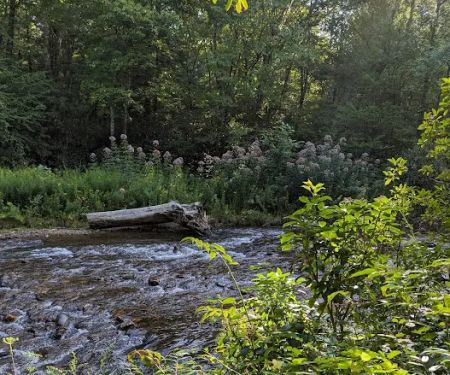 Standing Indian Campground4.0 (185 reviews)
Standing Indian Campground4.0 (185 reviews)Off Forest Development Rd 67, Franklin, NC 28734, USA
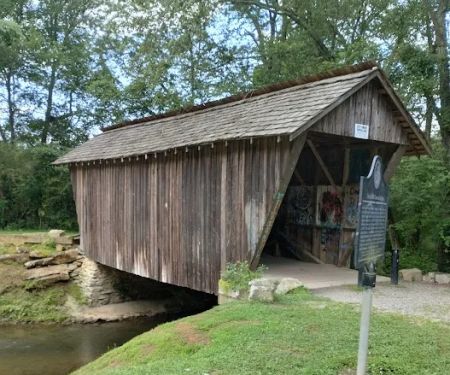 Standing Indian Campground4.0 (21 reviews)
Standing Indian Campground4.0 (21 reviews)5921 W Old Murphy Rd, Franklin, NC 28734, USA
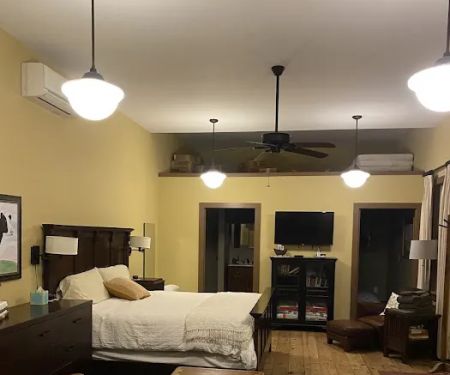 Winding Stair Campground5.0 (29 reviews)
Winding Stair Campground5.0 (29 reviews)7984 W Old Murphy Rd, Franklin, NC 28734, USA
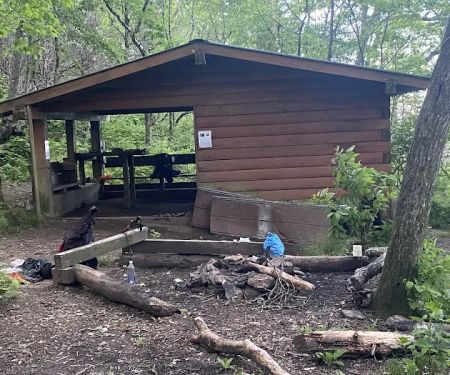 Carter Gap Shelter4.0 (18 reviews)
Carter Gap Shelter4.0 (18 reviews)Appalachian National Scenic Trail, Hayesville, NC 28904, USA
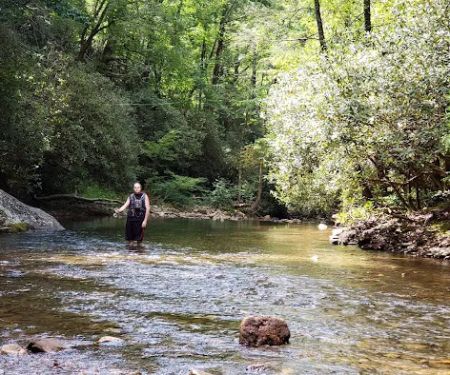 Sandy Bottoms Campground4.0 (37 reviews)
Sandy Bottoms Campground4.0 (37 reviews)Tallulah River Rd, Clayton, GA 30525, USA
 Tate Branch Campground4.0 (59 reviews)
Tate Branch Campground4.0 (59 reviews)Tallulah River Rd, Clayton, GA 30525, USA
 Cartoogechaye Creek Campground4.0 (59 reviews)
Cartoogechaye Creek Campground4.0 (59 reviews)91 No Name Rd, Franklin, NC 28734, USA
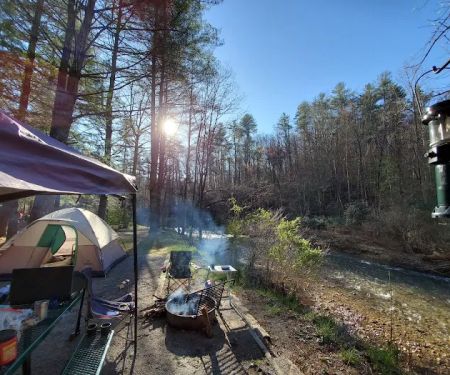 Tallulah River Campground4.0 (151 reviews)
Tallulah River Campground4.0 (151 reviews)800 Tallulah River Rd, Clayton, GA 30525, USA
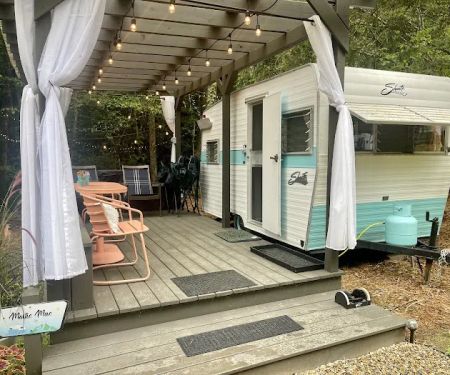 Southern Belles Glamping5.0 (25 reviews)
Southern Belles Glamping5.0 (25 reviews)38 Camp Ultima Blvd, Franklin, NC 28734, USA
 Nichols Campground4.0 (45 reviews)
Nichols Campground4.0 (45 reviews)685 Tallulah River Rd, Clayton, GA 30525, USA
Categories
Top Visited Sites
 Back Home RV Park4.0 (26 reviews)
Back Home RV Park4.0 (26 reviews) Cypress Mobile Home Park4.0 (23 reviews)
Cypress Mobile Home Park4.0 (23 reviews) Preacher Meadow Campground2.0 (2 reviews)
Preacher Meadow Campground2.0 (2 reviews) Summerset Mobile Estates4.0 (34 reviews)
Summerset Mobile Estates4.0 (34 reviews) Sportsman’s Campground4.0 (51 reviews)
Sportsman’s Campground4.0 (51 reviews) Lithia Springs Estates3.0 (96 reviews)
Lithia Springs Estates3.0 (96 reviews)Top Camping Searches
Trending The Campfire Posts
 How to Find the Perfect Campsite Spot
How to Find the Perfect Campsite Spot Top 5 Myths About Campfires Debunked for Safer Outdoor Adventures
Top 5 Myths About Campfires Debunked for Safer Outdoor Adventures How to Camp Safely in Remote Areas: Essential Tips and Guidelines
How to Camp Safely in Remote Areas: Essential Tips and Guidelines How to Stay Dry While Camping in the Rain
How to Stay Dry While Camping in the Rain How to Make Campfire Grilled Cheese Sandwiches
How to Make Campfire Grilled Cheese Sandwiches How to Cook Fish Fillets and Skewers Over a Campfire: A Complete Guide
How to Cook Fish Fillets and Skewers Over a Campfire: A Complete Guide
